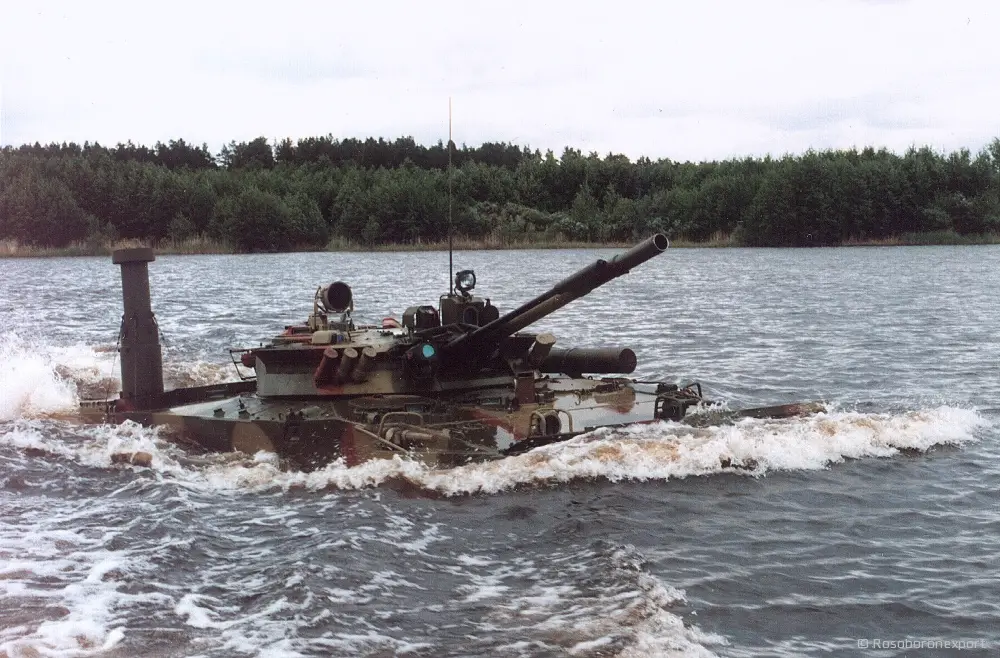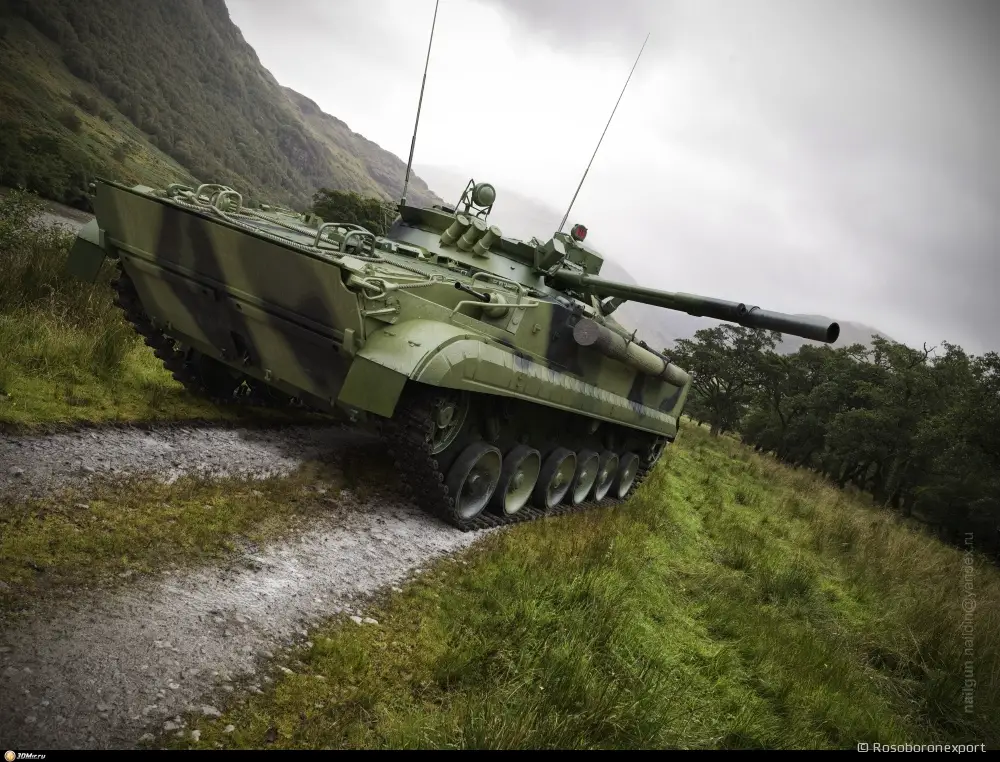Two Russian Naval Infantry (Morskaya Pekhota) battalions will be equipped with BMP-3F infantry fighting vehicles (IFV). Russian Pacific fleet marines will be the first to get them. One battalion will be equipped in each of the two brigades. Previously, the BMP-3F IFV modification was only exported. The Indonesian Marine Corps is reported to have operated 54 BMP-3F & 1 BREM-L currently in service, with another 22 BMP-3F ordered in 2019 along with 21 BT-3Fs.The infantry fighting vehicles will increase the firepower and mobility of marines in the Far East. The supplies of the new infantry fighting vehicles will begin in 2021. The BMP-3F were for the first time landed from an amphibious assault ship at Opuk range during the strategic Caucasus-2020 command-staff exercise in September 2020.
The Russian Naval Infantry operates as the amphibious force of the Russian Navy. Russian marines are 12,000-13,000-men strong. Three fleets have one brigade each and the Pacific fleet has two brigades. The Caspian flotilla has one regiment created in 2018. The Defense Ministry said hardware provision of the marines is kept at a 100-percent level. All units are constantly ready for action and comprise the backbone of the Russian rapid reaction force together with the airborne troops. Each brigade has two-three marine battalions and one assault battalion. Some soldiers train parachute jumps. This unit, reinforced, constitutes the basic amphibious attack force in the assault landing-the battalion assault force (BAF). However, marines have a heavier structure against paratroopers, as they operate more armor.

The Russian Naval Infantry have been gradually phasing out PT-76 amphibious tanks, and started to receive a number of T-80s and upgraded BMP-2Ms. A full-strength Naval Infantry Brigade may have up to 70-80 main battle tanks. The Armoured Personnel Carriers used by the Naval Infantry are either wheeled BTR-80s (in Assault Landing Battalions) or tracked MT-LBs (in Marine Battalions). While Naval Infantry units were supposed to receive BMP-3F infantry fighting vehicles, BMMP (Bojevaya Mashina Morskoj Pekhoti) fitted with the turret of the BMP-2, few have been delivered, and it is far from certain such re-arming will take place. BMP-3Fs may equip one company per Naval Infantry battalion.
The BMP-3F is a Russian seaborne infantry fighting vehicle version of BMP-3 and successor to the BMP-2. Specially designed for operations at sea, with improved seaworthiness and buoyancy, capability to move afloat at sea state 3 and fire with the required accuracy at sea state 2. Compared to the basic model, the vehicle design features changes increasing floatability and vehicle stability: the self-entrenching equipment is omitted, a lightweight anti-surge vane and an air intake tube are introduced; the BMP-3F turret is also protected by anti-surge vanes. Water jet propellers develop a speed of 10 km/h when afloat. The BMP-3F design allows the vehicle to come ashore under rough sea conditions and to tow the same-type vehicle. This version can endure continuous amphibious operation for seven hours with the running engine.
